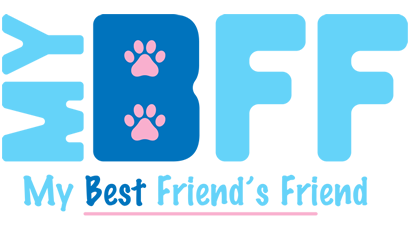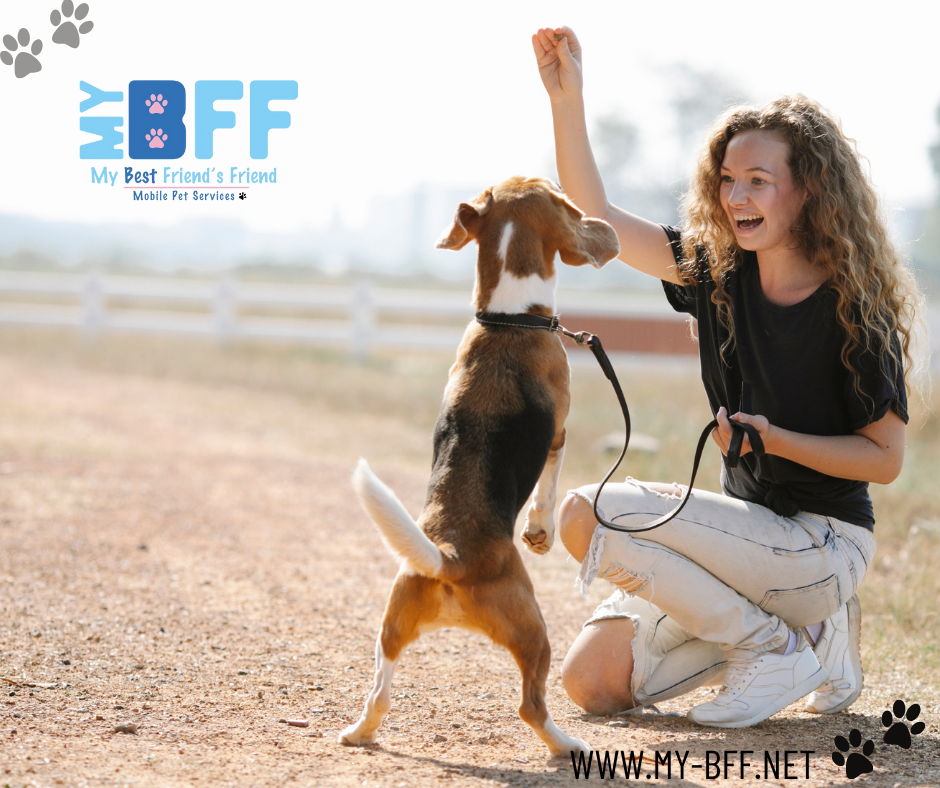As a loving pet owner, you’ve likely caught yourself wondering what your furry friend is trying to express through their behaviors. Understanding doggie body language not only strengthens the bond between you and your canine companion but also ensures their well-being. In this blog, we’ll explore some key signals that dogs use to communicate their feelings and needs.
The Tail: A Communicative Tool
A dog’s tail is one of the most expressive parts of their body. While a wagging tail often signifies happiness, the context and manner of the wag can indicate different emotions:
- High and Stiff: When a dog’s tail is high and stiff, it often indicates alertness or agitation. This posture means they are on high alert and possibly perceiving a threat.
- Low and Tucked: A tail tucked between the legs usually signifies fear, anxiety, or submission. This is a clear sign that your dog is feeling overwhelmed or scared.
- Loose and Wagging: A tail that wags loosely from side to side generally indicates friendliness and contentment. This is the classic “happy dog” look we all love to see.
Ear Positions: Windows to Emotions
Dogs’ ears are incredibly expressive and can tell you a lot about how they’re feeling:
- Perked Up and Forward: This typically suggests curiosity or attentiveness. Your dog might be intrigued by something in their environment.
- Flattened Against the Head: Ears laid back against the head can indicate fear or submission. This is a sign your dog might be stressed or uncomfortable.
- Relaxed Ears: When a dog’s ears are in their natural position (varies by breed), it usually means they are calm and relaxed.
Eye Contact: The Look of Love or Discomfort
Eye contact is another important aspect of canine communication:
- Soft Eyes and Relaxed Gaze: Soft, blinking eyes often show that your dog feels safe and at ease.
- Hard Stare: A hard, intense stare can be a warning sign of aggression or discomfort. It’s essential to approach cautiously if you notice this.
- Avoiding Eye Contact: Dogs who avoid eye contact may feel submissive or nervous. This behavior is often seen in shy or anxious dogs.
Overall Body Posture
Understanding a dog’s overall body posture can provide deeper insights into their emotional state:
- Play Bow: When a dog lowers their front legs and keeps their rear end up, they are inviting you or another dog to play. This is a sign of excitement and friendliness.
- Stiff, Rigid Posture: A stiff body can indicate tension, fear, or aggression. Observing the context is crucial to interpreting this behavior accurately.
- Rolling Over: Exposing the belly can be a sign of submission or a request for a belly rub. It’s important to consider the dog’s overall demeanor to understand this gesture correctly.
Listening to Your Fuzzy Friends
Being able to interpret your dog’s body language is a valuable skill that enhances your relationship and ensures their needs are met. Pay close attention to their tail, ears, eyes, and overall posture to understand what they are trying to communicate. By responding appropriately to their signals, you build a stronger bond and create a happier, more harmonious home for both of you.
For more tips on pet care, visit us at My BFF Pet Services.


